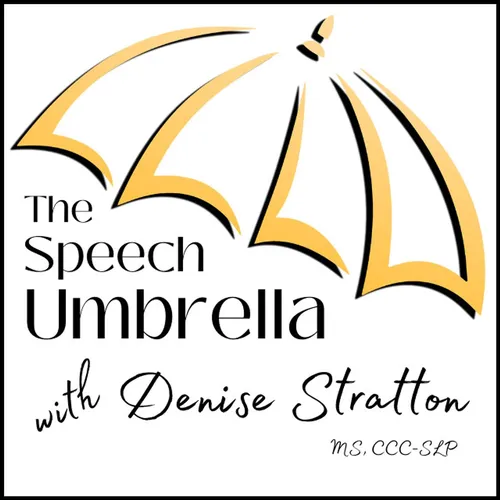Beyond Articulation: The Myofunctional Revolution
- Author
- Denise Stratton
- Published
- Tue 02 Sep 2025
- Episode Link
- None
Have you ever wondered why some children struggle with persistent speech sound errors despite trying every traditional approach? The missing piece might be right under their tongue.
After 30+ years as a pediatric speech-language pathologist, I discovered a game-changing approach that transformed how I treat articulation disorders. Oral facial myofunctional therapy addresses the underlying muscle patterns, breathing habits, and oral resting postures that create the foundation for clear speech. This isn't just another technique—it's a fundamental shift in understanding how our oral structures develop and function.
When the tongue maintains its correct resting position against the hard palate, it creates what experts call "the central operating zone" for speech sounds. Think about efficiency: if your tongue already rests in an elevated position, it's perfectly positioned to produce most consonant sounds automatically. Yet many children with speech disorders habitually rest their tongues in a low position, forcing them to consciously remember to elevate it for proper articulation—making speech laborious rather than automatic.
The results can be remarkable. One preteen client with persistent R errors made breakthrough progress after addressing a posterior tongue tie and implementing myofunctional exercises—without using a single traditional placement technique. These moments made me realize how this approach removes barriers to success rather than repeatedly drilling sounds without addressing underlying issues.
If you're an SLP feeling stuck with challenging articulation cases or simply wanting to work smarter rather than harder, explore the fascinating world of myofunctional therapy. Check out the resources mentioned in this episode, including books by Dr. Shereen Lim and Joy Moeller, and consider how this knowledge might transform your practice. As I've discovered, "When you master nasal breathing and tongue resting posture, complex articulation targets take care of themselves."
